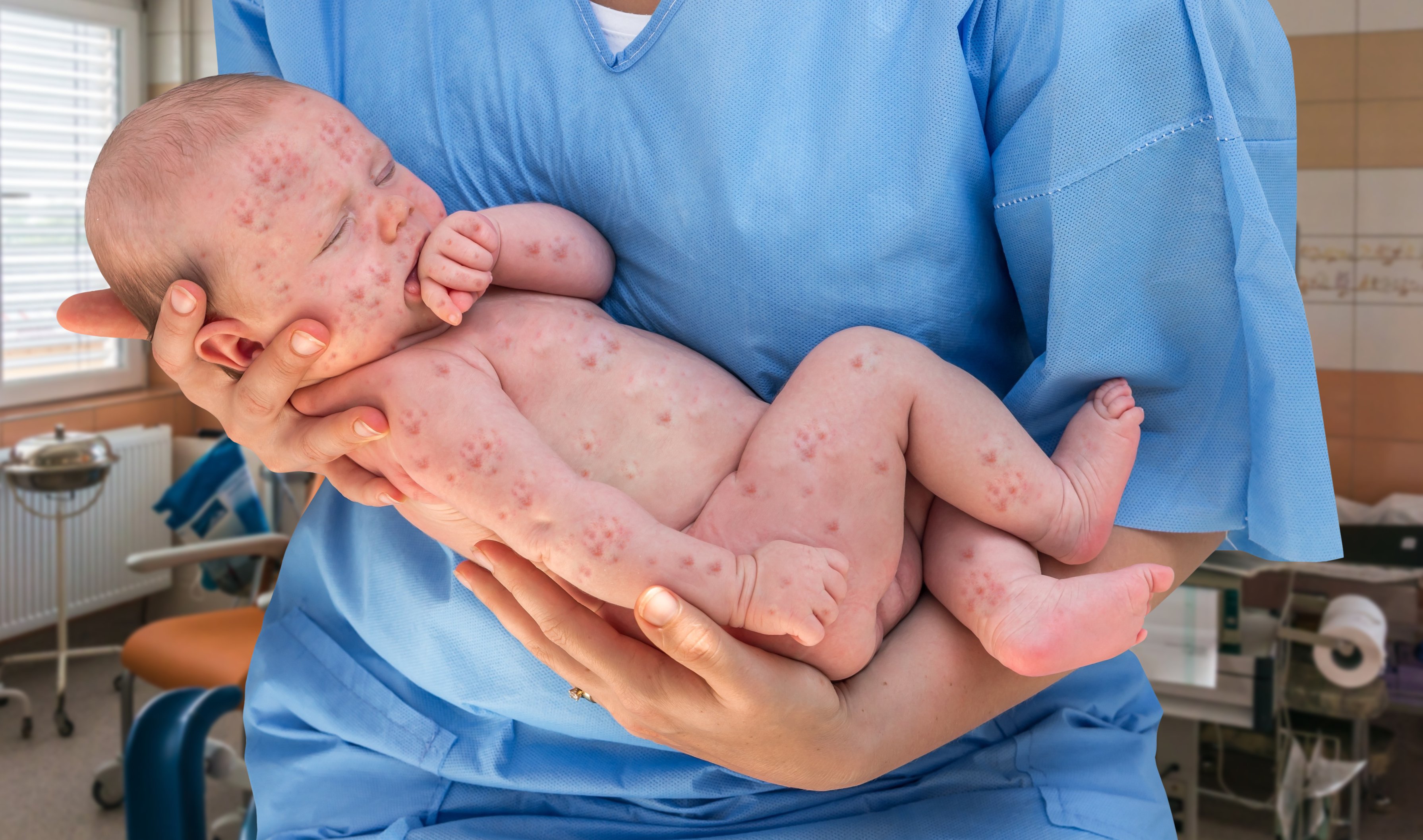
Mumps and Measles: Are They Making a Comeback?
Both mumps and measles are well known as childhood illnesses. Many years ago, before vaccinations, they were common, particularly in the pediatric population. Incidences of both diseases decreased following the development of mumps and measles immunizations. However, since the beginning of this decade, there have been some increased occurrences seen in both diseases.
The mumps illness is caused by a paramyxovirus. This virus can incubate between 12 and 25 days and is spread by direct contact with infected body fluids. A person may be contagious until at least five days after the onset of symptoms. Mumps causes swelling in the salivary glands, pain, and tenderness. The swelling may be unilateral or bilateral. Other common symptoms seen are:
- Respiratory illness
- Fever
- Headache
- Myalgia
- Fatigue
- Loss of appetite
(Centers for Disease Control and Prevention [CDC], 2017a).
Cases of mumps in the United States have generally been low, with outbreaks occurring in 2006 and continuing into 2018. Many of these outbreaks have occurred in communities or settings in which there is close contact. Notably, many college and university campuses have had mumps outbreaks (CDC, 2019b). For individuals who have been properly vaccinated, mumps may occur if there is prolonged and close contact with an infected individual. The mumps vaccine does reduce the likelihood of contracting the mumps by nine times those who are unvaccinated (CDC, 2017b).
Measles is caused by a morbillivirus. Common measles symptoms include:
- Maculopapular rash
- Malaise
- Fever
- Cough
- Conjunctivitis
- Inflamed mucous membranes
(CDC, 2018)
The incubation period is about 14 days, once the rash appears. A person is contagious within four days before and after the rash occurs. Measles is highly contagious and is spread by either direct contact with infected body fluids or airborne, through coughing and sneezing. The measles virus can remain airborne for two hours after an infected person has left an area. Outbreaks have been noted in the United States since 2010. The majority of these outbreaks were associated with individuals exposed when traveling outside of the United States and poor vaccination or unvaccinated individuals (CDC, 2019a).
Both mumps and measles can cause severe consequences. These may include long-term morbidities, such as encephalitis, and even death. As nurses, we must ensure that we are educating patients and families about these diseases, and the importance of vaccinations (CDC, 2017a; 2018).
References
Centers for Disease Control and Prevention. (2017a). Mumps: For healthcare providers.
Centers for Disease Control and Prevention. (2017b). Outbreak-related questions and answers for patients.
Centers for Disease Control and Prevention. (2018). Measles: For healthcare providers.
Centers for Disease Control and Prevention. (2019a). Measles cases and outbreaks.
Centers for Disease Control and Prevention. (2019b). Mumps cases and outbreaks.




